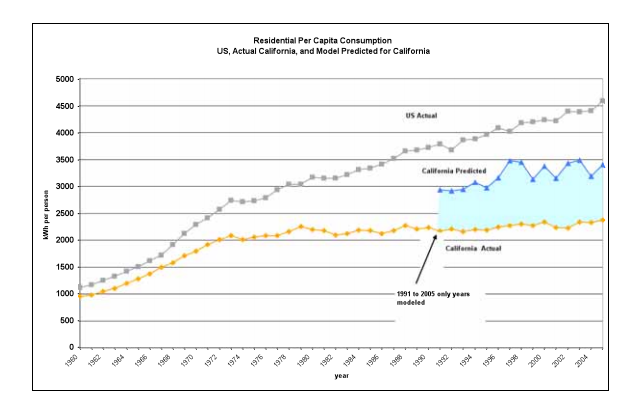Energy Policy
Policy Objectives
If a government perceives a market failure, it will create a policy to try and move the market to a socially optimal price and quantity.
Market-Based Instruments
These instruments often changes prices or costs so that the market will settle on a different price and quantity.
Non-Market-Based Instruments
These instruments often provide information to provide non-monetary incentives to consumers that make them more or less likely to purchase products.
Policy Categories
- Targets
- Regulatory Approaches
- Market Incentives / Subsidies
- Market Disincentives / Taxes / Penalties
- Standards
- Social Transitions
- Knowledge generation and dissemination
Fossil Fuels
- Intangible Drilling Costs Deduction. We provide tax deductions for oil exploration costs.
- Social cost of carbon. These are costs we estimate are borne by the public but are not paid for by fossil fuel companies or consumers.
- Carbon Tax
- Cap and Trade
Solar
- Federal tax credit for solar panel installation
- Renewable electricity production credit
Regulations
- California Title 24 Building Codes
Standards
- Energy Star Appliances
California Electricity Consumption
